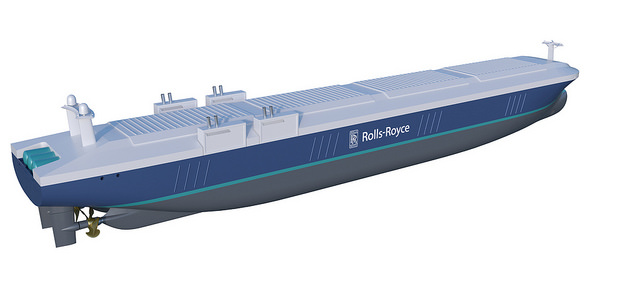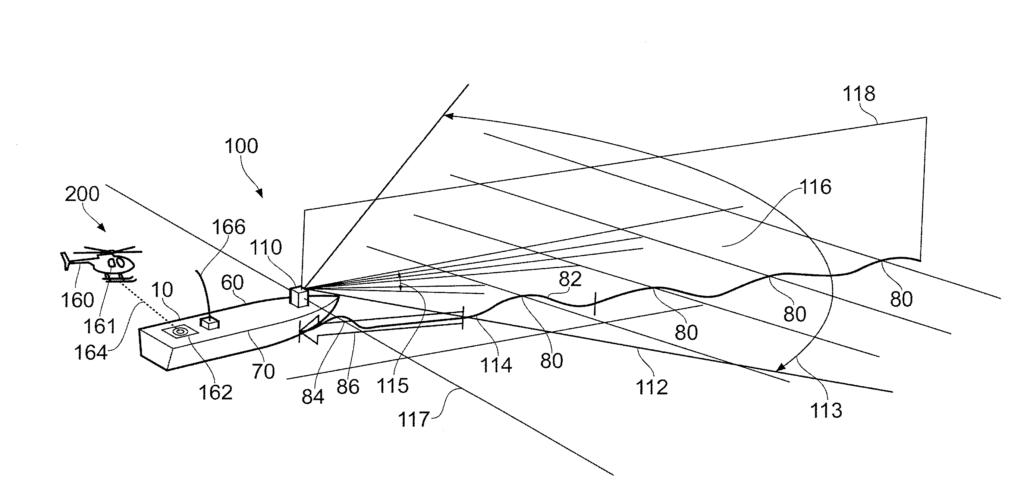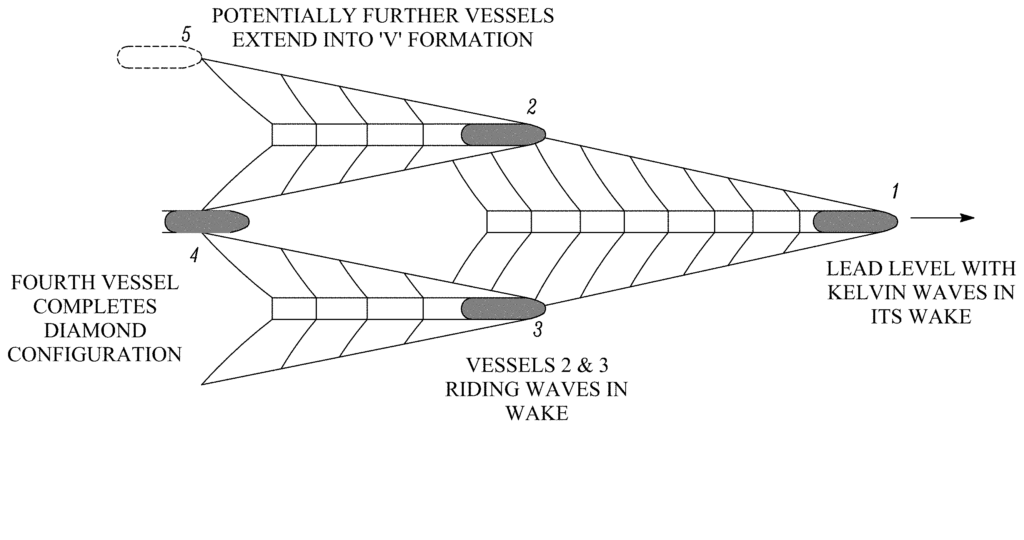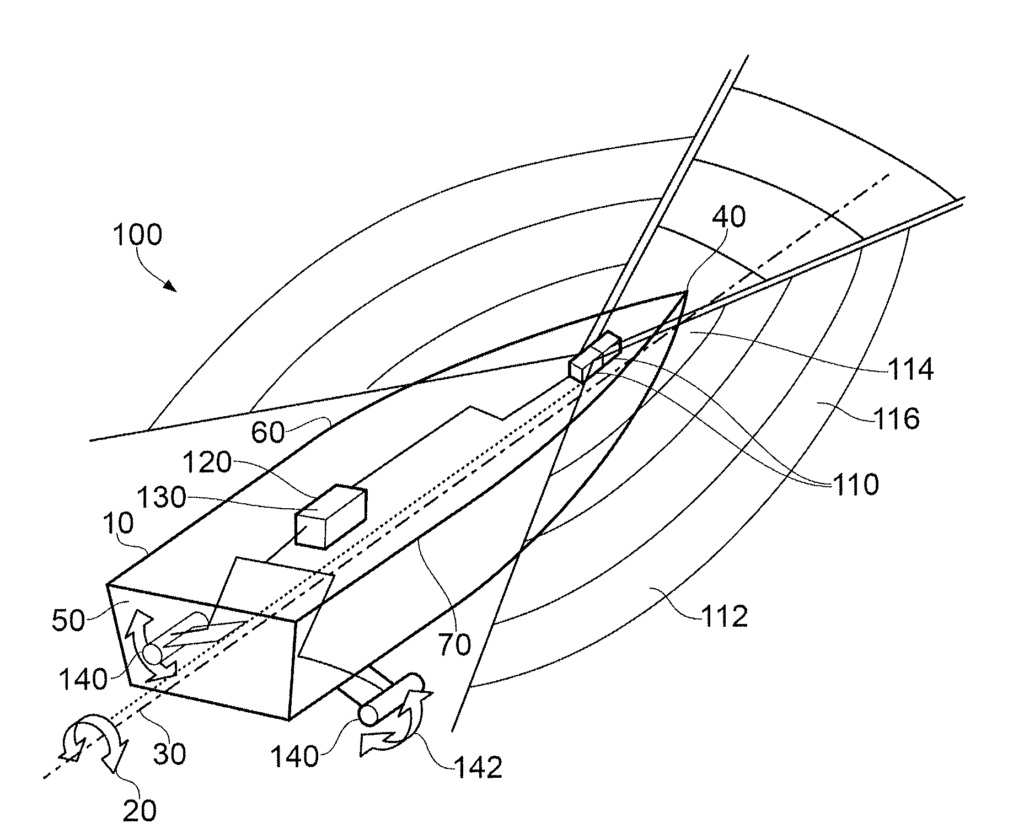Rolls-Royce is leading the charge in maritime innovation with its new autonomous cargo ships, poised to transform the shipping industry. Recently, successful trials and significant advancements in autonomous navigation systems have captured global attention. Central to this innovation are key patents that highlight the ship’s advanced features and capabilities.
These autonomous ships utilize a network of sensors and artificial intelligence to navigate without human intervention. They offer improved safety, lower operational costs, and reduced environmental impact through optimal route planning and fuel efficiency. This article will explore the key patents behind Rolls-Royce’s autonomous ships and their role in shaping the future of maritime transportation.

What are the key features of Smart Ship?
Sensor Integration:
- Utilizes a network of advanced sensors, including radar, LIDAR, cameras, and sonar.
- Collects real-time data on the ship’s surroundings and operational conditions.
Data Processing:
- Onboard computers process sensor data to create a comprehensive situational awareness.
- Data is analyzed using machine learning algorithms to identify potential obstacles and optimize navigation.
Autonomous Navigation:
- AI-driven systems plot the most efficient and safe routes.
- Automatic adjustments are made to course and speed based on real-time data.
Collision Avoidance:
- Continuous monitoring of the ship’s environment for potential hazards.
- Immediate course corrections are implemented to avoid collisions.
Remote Monitoring and Control:
- Operators can oversee and control the ship remotely if necessary.
- Real-time data and video feeds are transmitted to shore-based control centers.
Energy Efficiency:
- Optimizes fuel consumption through precise route planning and speed adjustments.
- Reduces environmental impact by minimizing emissions.
Cybersecurity:
- Robust measures are in place to protect the ship’s systems from cyber threats.
- Ensures secure communication between the ship and control centers.
Maintenance and Diagnostics:
- Continuous self-diagnostics monitor the health of onboard systems.
Predictive maintenance alerts are generated to prevent failures and reduce downtime.
Innovation behind the Rolls-Royce Autonomous Ship
We’ve analyzed key patents related to autonomous ship. Read the summary below and discover the ingenious innovations behind this breakthrough technology!
The patent US20160288884A1 described is highly relevant to the technology required for autonomous cargo ships, as well as other marine vessels. It addresses a significant issue of rolling motion, providing a solution that potentially offers more proactive and effective stabilization than traditional systems. By integrating advanced stabilization technology, autonomous cargo ships can achieve better operational stability, safety, and efficiency, which are crucial for long voyages and complex maritime operations.

The patent US20200333781A1 addresses key challenges in managing the movement and positioning of ships in convoys, providing solutions that enhance operational efficiency, safety, and fuel economy. By leveraging satellite communications and real-time data, this system significantly contributes to the development of advanced autonomous maritime operations.

The patent US9783272B2 described is highly relevant to the technology required for autonomous cargo ships and other marine vessels. It addresses a significant issue of rolling motion, proposing a solution that offers more proactive and effective stabilization than traditional systems. By integrating advanced stabilization technology, autonomous cargo ships can achieve better operational stability, safety, and efficiency, which are crucial for long voyages and complex maritime operations.
The patent US10877170B2 addresses key aspects of situational awareness, safety, and remote monitoring by leveraging advanced audio capture and processing technologies. By providing a comprehensive system for capturing and analyzing ambient sounds, this technology enhances the capabilities of autonomous marine vessels, making their operation safer and more efficient.

The patent US11526169B2 addresses key challenges in marine navigation and propulsion, providing solutions that enhance maneuverability, fuel efficiency, and automation. These innovations are essential for developing fully autonomous maritime vessels capable of operating safely and efficiently in various navigational scenarios.
As Rolls-Royce pushes the boundaries of maritime technology with its autonomous ships, it faces competition from industry leaders like Wärtsilä and Kongsberg, who are also developing similar innovations. However, Rolls-Royce stands out with its seamless integration of advanced sensor networks, AI-driven navigation, and robust cybersecurity measures. These features not only enhance safety and efficiency but also promise significant reductions in operational costs and environmental impact. The transformative potential of Rolls-Royce’s autonomous ships lies in their ability to revolutionize global shipping, setting new standards for maritime safety, sustainability, and operational excellence. As this technology continues to evolve, it heralds a new era in the shipping industry, making autonomous maritime transport a reality.
Need to know anything else? We got you covered!


